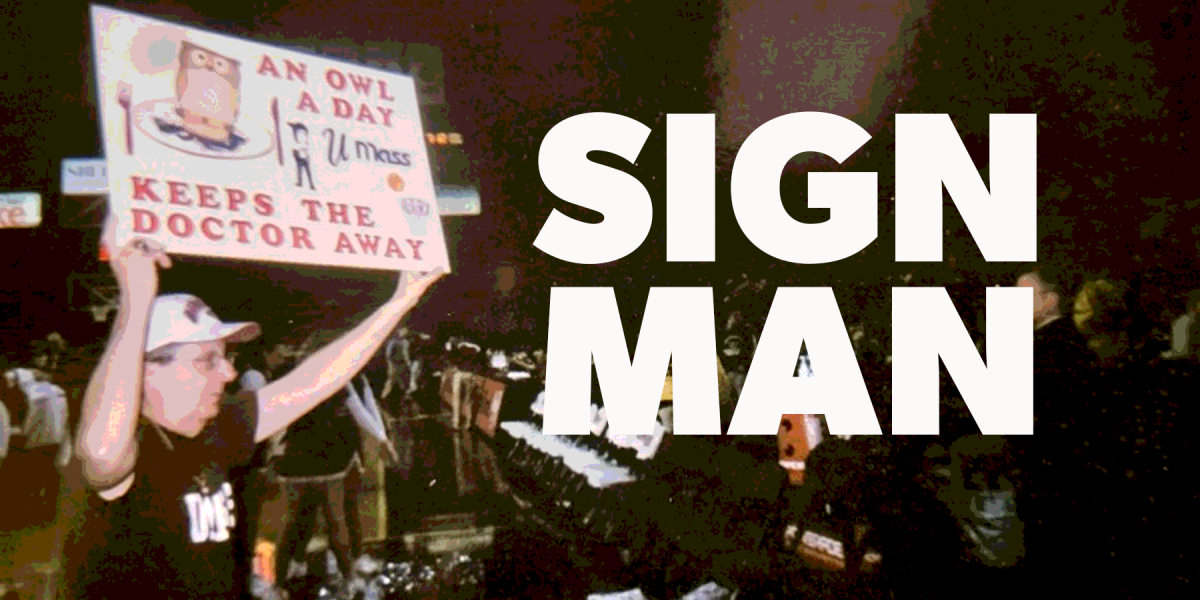
“Son of Saul” may be one of the most brutal films in recent memory.
In his first feature as director, László Nemes throws the audience directly into the headspace of one the Holocaust’s many millions of victims and forces them to behold its unremitting horror head on. Viewers too easily grow complacent with the hideous atrocities and dehumanization from the past and present. “Son of Saul,” in its uncompromising cruelty and hopelessness, exists to remind us of the barbarity of humanity and how we should ensure that such evil will never again walk this earth.
From its opening sequence, “Son of Saul” makes it clear it has no intentions to sugarcoat history. The titular Saul, a Hungarian Jew, acts as a Sonderkommando in Auschwitz. His “job” – one that would result in a swift execution had he refused – forces him to dispose of the bodies of prisoners after they had been gassed to death. Treated like cattle, Sonderkommandos are turned against their people under the dim promise of survival, a hope that proves futile, as they are disposed of as soon as they outlive their usefulness.
After another average day at work (as average as being a tool for genocide gets, I suppose), Saul (Géza Röhrig) finds a boy gasping for air as he cleans the chambers. With his body desecrated by Zyklon B, any faint glimmer of hope gets snuffed out as a Nazi doctor suffocates the last trace of life from him. Saul becomes convinced that this boy is his son after he is ordered to throw the body into the furnace along with the others. He seeks to find a rabbi to perform a proper Jewish burial. In the eye of a maelstrom, he pursues at least some semblance of sanctuary.
On a sheer technical level, the film’s style of cinematography is both excellent and unprecedented. For the movie’s entirety, except for the devastating final shot, Nemes places his camera over Saul’s shoulder and follows him through his day-to-day activities in Auschwitz. It’s a superb example of how master filmmaking can reflect a character’s mindset.
All sense of space and environment is cut off and a heavy sense of claustrophobia sets in. We understand the horror that surrounds Saul, yet never for a moment does it feel exploitative. The camera does not linger on the staggering piles of corpses. We do not revel in the carnage, we shrink away with terror and nausea. Kept out of focus and sequestered off into the back of his mind, Saul has to tune out these horrors if he is to function and survive within the barbed wire.
A deep, overwhelming suffocation takes hold of the audience and Nemes accomplishes the impossible: he grants us at least some inkling of how it feels to be a prisoner of a concentration camp. Our heads are kept low and our eyes study the content of the walls. The monstrosities around us begin to blur as we move forward, too focused on the task at hand to let our mind linger and too fearful to appreciate any additional second spent alive. We feel like vermin.
If I could find one flaw in the presentation of Saul’s isolation, it’s the use of subtitles. Hungarian, Yiddish, German and Polish are all languages spoken in the film, yet Saul is not fluent in all four. At several moments, SS officers bark commands to Saul in German and he has to use his wits to figure out what they want from him, lest it cost him a bullet to the head.
Perhaps a difference of color-coding or font choice could have distinguished each language, or better yet, one could dispense altogether with the use of subtitles for any language that Saul does not understand. Not only must Saul (along with millions of Jews, Romani, queer people and other marginalized people with him) walk through hell, he must walk through a hell whose words are foreign to him.
Much like American slavery in “12 Years a Slave,” “Son of Saul” cracks its knuckles and lays bear this horrible stain on human history. As much as I love “Schindler’s List” and “The Pianist,” these films scrub these chapters clean so audiences may find messages of empowerment and uplift at the end. But the vast majority of Jews in Europe were not Wladek Szpilman from “The Pianist,” they were Saul.
One scene – which devastates just as much as any scene with a gas chamber – contains no bloodshed. It simply consists of a humiliated Saul forced to “dance for his shekels” as a group of Nazis jeer at him. How many times have you seen that same joke on a YouTube comment chain or heard it in a classroom? I know I heard it when a group of skinheads threw me in a dumpster in middle school.
Anti-Semitism is alive and well and shouldn’t be laughed off. Bear this information in mind the next time a swastika pops up on the University of Massachusetts campus.
Nate Taskin can be reached at [email protected].



















